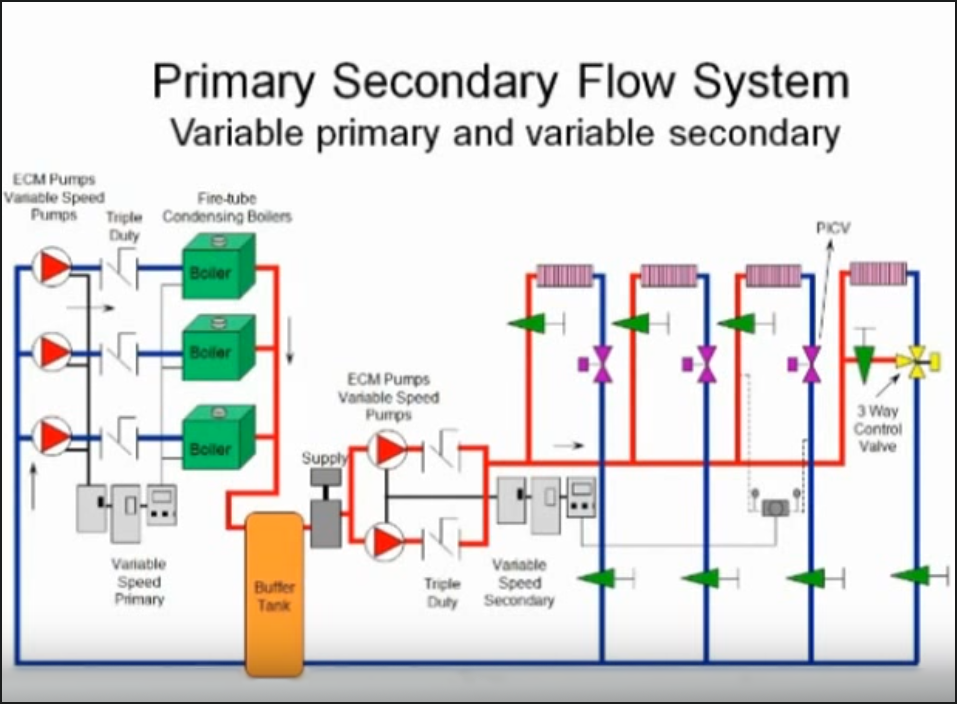Cooling Tower and Condenser Water Design Part 3: Understanding Tonnage, Range, and Approach
/Cooling Tower and Condenser Water Design Part 2: The Impact of Wet Bulb on Cooling Tower Performance
/Cooling Tower and Condenser Water Design Part 1: The Refrigeration Cycle
/Thinking Beyond Plate & Frame Heat Exchangers for Waterside Economizing
/By Chad Edmondson
“What type of heat exchanger is best for my waterside economizer application?”
It’s a question we get asked a lot. With the increased requirement for either an air or waterside economizing in ASHRAE 90.1 – 2010, we expect to get asked even more – especially since the DOE expects states to adopt the revised standard into their non-residential building codes by as early as next month.
U-Factor Versus Real-World-Factor
Conventional engineering logic has always leaned toward plate and frame technology for waterside


